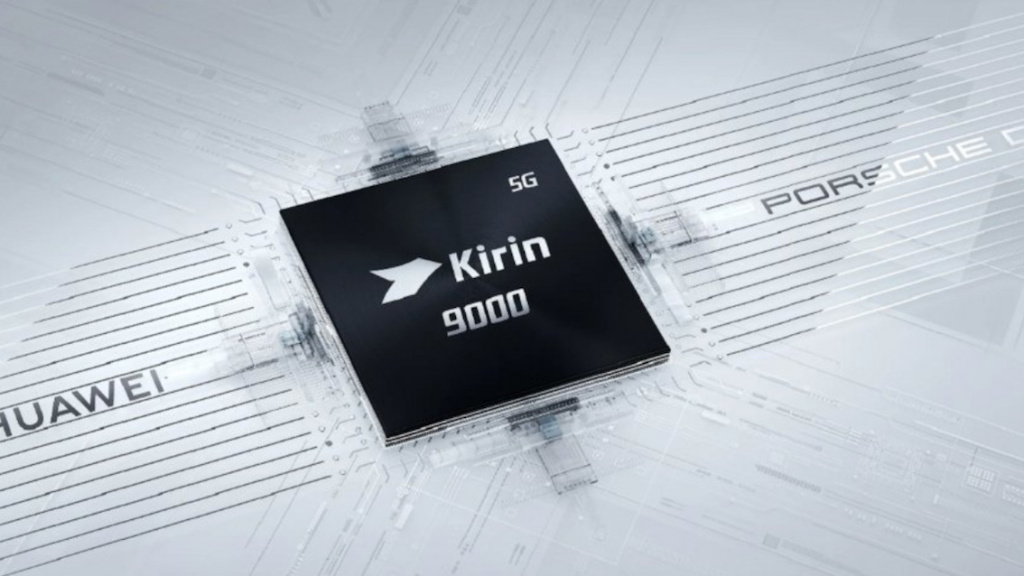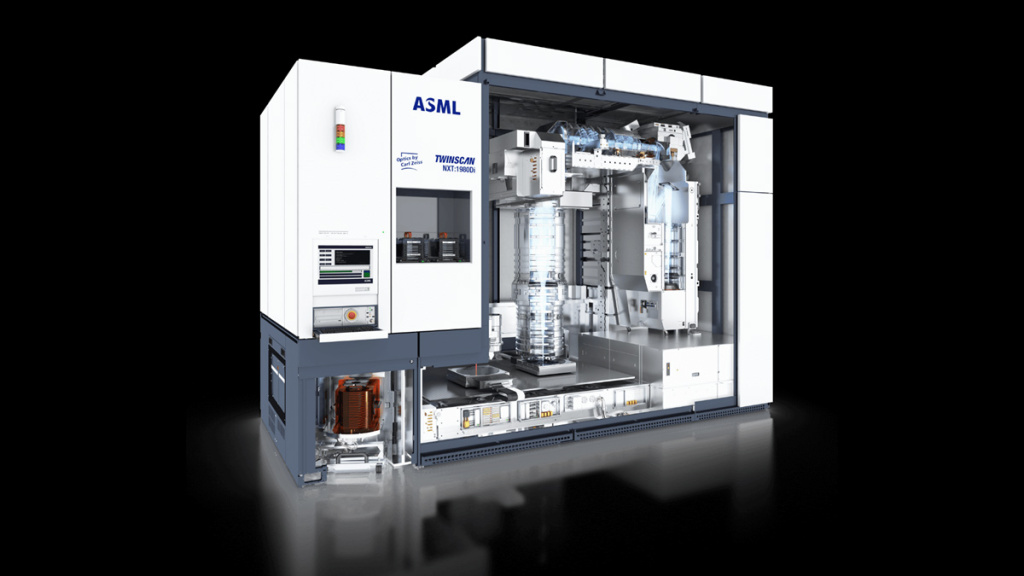Huawei’s Enigmatic New 7 nm Processor Defies US Sanctions
The Huawei Kirin 9000S chipset powering the new Huawei Mate 60 Pro smartphone is reportedly a product of Chinese company SMIC. The new Huawei 7 nm processor was developed in cooperation with the company SMIC, with which it has been successfully cooperating for years. The new chipset has reportedly been successfully implemented by SMIC using its second-generation, improved 7nm manufacturing process, reports the South China Morning Post. Additionally, the SoC reportedly integrates the CPU and GPU with an in-house developed microarchitecture. Meanwhile, all information about the Kirin 9000S is strictly unofficial.
Huawei HiSilicon Kirin 9000S looks like a rather complex SoC that integrates four high-performance cores (one with a frequency of up to 2.62 GHz and two up to 2150 MHz) and four energy-efficient cores (up to 1530 MHz) based on its own TaiShan microarchitecture, which is still can be found on the Armv8a ISA. There is also an integrated graphics processor, Maleoon 910, which operates at frequencies up to 750 MHz. The CPU and GPU cores run at relatively low clocks compared to the frequencies of similar Arm cores that were present in previous generations of HiSilicon chipsets.
SMIC on the way to make a new Huawei 7 nm chipset for phones
The low frequencies can be explained by the fact that SMIC is making the new SoC using an unannounced second-generation 7nm manufacturing process, which could be a breakthrough for SMIC, Huawei and China's high-tech industry.
 Asia Times
Asia TimesAlthough TechInsights calls this manufacturing technology SMIC's second-generation manufacturing process, the state-controlled Global Times claims that the Chinese champion in the production of silicon, from which state-of-the-art chips are obtained, is using its 5nm manufacturing technology to produce a complex SoC solution. However, it seems that these two names actually describe the same thing, which was once known as the SMIC N+2 manufacturing process.
SMIC announced its N+2 production technology back in 2020. At the time, it looked like an evolutionary step of the N+1 process, which was once called a low-cost TSMC N7 alternative (a 7nm class manufacturing process). In another Global Times publication, Chinese analysts labeled the N+2 as an SMIC 5nm manufacturing node, mentioned about a year ago.
SMIC has never officially confirmed that it produces 7 and 5 nm class chips. However, there is evidence that SMIC produced a MinerVa Semiconductor Bitcoin ASIC chip for cryptocurrency mining using its own 7nm (N+1) technology.
Meanwhile, SMIC has ASML Twinscan NXT:2000i advanced ultraviolet (DUV) lithography scanners capable of producing chips in 7nm and 5nm technologies, so the company may have successfully developed and conquered a 5nm class manufacturing process. However, there is one essential detail: to produce outstanding features on a 5nm-class process or a refined 7nm-class process technology, SMIC must make extensive use of “multi-patterning”, which is a very expensive technology that affects the yield rate of correct chips and in the end, it breaks through production costs, so the economic efficiency of SMIC 5nm technology is probably significantly lower than that of the current leaders in this part of the market, such as: Intel, TSMC and Samsung Foundry.
 ASML
ASMLAn interesting detail about the Kirin 9000S processor is the fact that it allegedly uses silicon layer stacking technology, although it is not revealed how exactly it uses this advanced process. Perhaps the Kirin 9000S places the IC with a modem device added on top of the CPU+GPU core layer to save space on the motherboard, or perhaps it splits individual ICs into different layers to simplify manufacturing. In any case, the advanced packaging technology is a significant breakthrough in this field for SMIC and Huawei HiSilicon.
By the way, Huawei HiSilicon is the most successful Chinese chip designer who has won the most modern production technologies in imitation of the Taiwanese company TSMC. After Huawei lost access to US technologies in 2020, HiSilicon was no longer able to work with the world's largest contract chip maker (TSMC